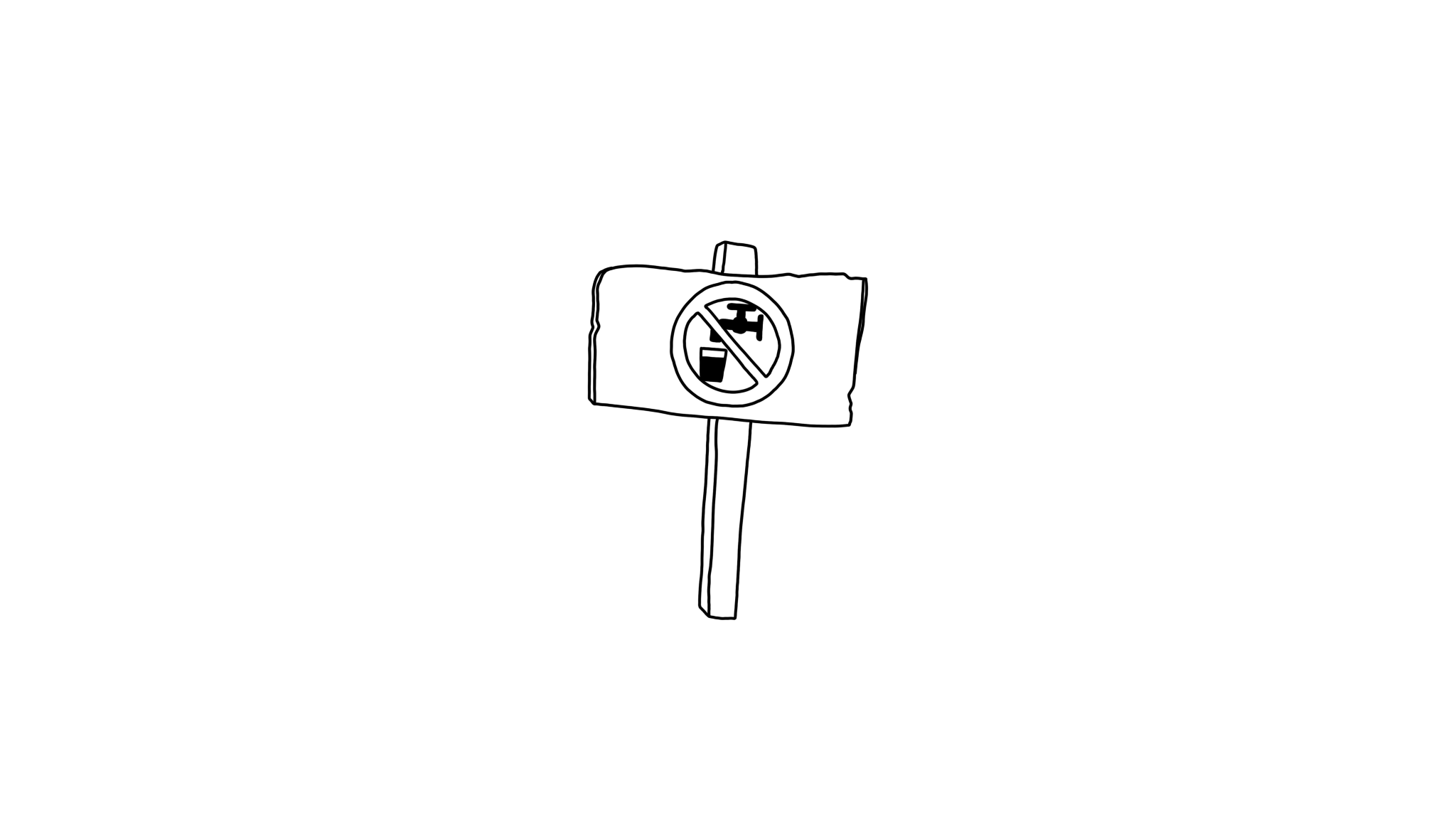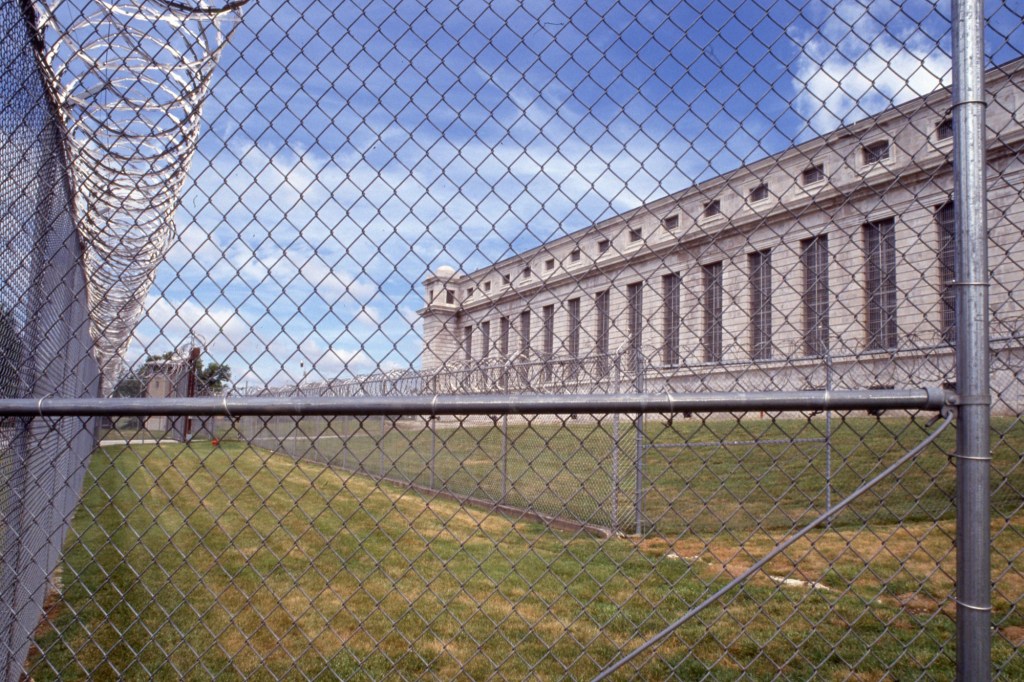For many Indigenous peoples, water is sacred and seen as a living entity.
Before settlers arrived, Indigenous peoples were guided by teachings about how to care for the land and water. In many Indigenous communities, these teachings have been carried down from one generation to the next.
Videos by VICE
A sacred element revered as medicine, water was used in traditional ceremonies and viewed as something that must be honoured, protected and treated with the utmost respect.
But all of that changed with colonization, as Indigenous people were forced to assimilate and relocate to reserve lands from their traditional territories, ordered to attend government and church-run residential schools for more than 150 years, and face the legal banishment of their traditional ceremonies, including any ceremonies that involved water.
Since contact, water has become a thing regarded as a natural resource that could be bought, sold, owned or bottled.
And for decades, vast areas of rivers, lakes and oceans have become contaminated due to industry, agricultural activity and urban development, impacting aquatic life and making its way up the human food chain.
More than 100 Indigenous communities have been living with long-established drinking water advisories. As of July 31, 2017, there were a total of 172 drinking water advisories in 121 First Nations across Canada. Those numbers are a tally of the advisories listed by Health Canada and the BC First Nations Health Authority. This number does not include advisories in the Saskatoon Tribal Council, which represents about 11,000 people within a 200 kilometre radius of Saskatoon, and which deals with its own water.
The community has been under an advisory since February 1995.
Drinking water advisories mean the water that comes from the tap is unsafe to drink. In some cases it can even cause rashes on people’s skin if they shower in it. Neskantaga First Nation, a small northern Ontario community made of up 340 people, has held the longest drinking water advisory in Canadian history — since February 1995.
This is a reality that has been out of sight, out of mind for most Canadians, who only know the luxury of waking up everyday and trusting what comes out of their taps.
The Indian Act, the much-maligned federal legislation that administers reserves, along with numerous policies, guides and protocols from Indigenous and Northern Affairs Canada’s and Indigenous leadership, all attempt to manage water and wastewater in communities. Health Canada monitors the quality of drinking water, and provides advice on water safety, while Indigenous Affairs provides funding for the facilities, along with advice on design, construction, operation and maintenance. First Nations, however, oversee the build out, own the plants and are ultimately responsible for managing and operating water and wastewater systems.
Specific attempts to create more robust and enforceable regulations, however, have been stalled for years.

Speak to water treatment plant operators in Northern Ontario, home to the most and the longest running First Nations drinking water advisories in Canada, and they’ll tell you that regardless of who is in office, getting clean drinking water is slow and frustrating.
It takes years, sometimes decades, to get funding approved for new water systems and upgrades to existing systems, while those systems age and break down. Sometimes these water systems are poorly designed or badly built in the first place.
VICE News has also uncovered a staggering number of cases where industry has polluted the water and soil on reserve lands.
VICE News has also uncovered a staggering number of cases where industry has polluted the water and soil on reserve lands. Decades later, First Nations are still waiting for the cleanup.
Despite their own struggles with clean water, Indigenous people have increasingly emerged as outspoken advocates for water, even if that meant standing up to multi-billion dollar projects, such as the Dakota Access Pipeline in 2016. Thousands of people, many of them Indigenous, stood by the Standing Rock Sioux Nation in North Dakota and their fight against an oil pipeline, afraid that a potential leak could eventually contaminate the Missouri River system.
Now, in Canada, the Liberal government is looking to revamp the Safe Drinking Water for First Nations Act, federal legislation authored by the Conservative government and passed in 2013. With engagement sessions in progress, the latest federal government hopes to review the legislation, with input from Indigenous leaders and stakeholders, with the goal of finally achieving safe drinking water for people on reserves.
For many Indigenous peoples, who hold little faith in the promises of any government, seeing will be believing.
More
From VICE
-

A villager who was lucky enough to survive a tiger attack and his scar. All photos by Rana Pandey -

Leavenworth Penitentiary in Kansas. Photo by Kevin McKiernan/ZUMA Press Wire/Shutterstock. -

Sean Combs arriving at the Costume Institute Benefit at The Metropolitan Museum of Art in 2017. Photo by Marechal Aurore/ABACA/Shutterstock. -

